Overclockers UK Gaming Germanium Review
October 5, 2017 | 20:58
Companies: #intel #nvidia #overclockers-uk
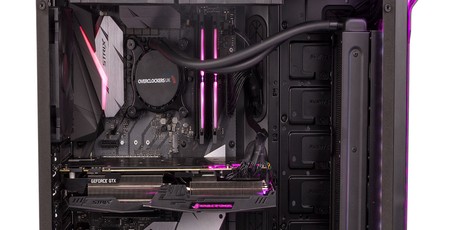
Performance Analysis
As expected, this system is very well suited to gaming. We don’t have many systems to compare to at the moment, but the six cores here running with Hyper-Threading and at 4.8GHz make a powerful base for the GTX 1080 Ti, and the system is consistently faster than the Core i7-7820X-based one from Dino PC that also uses a GTX 1080 Ti. Admittedly the GPU used there is a slower one, but the Fire Strike score (a 1080p benchmark where CPU counts for more) is a clear indication that the 400MHz advantage here can make a difference. In short, this is a great setup for high-detail, high-resolution gaming.
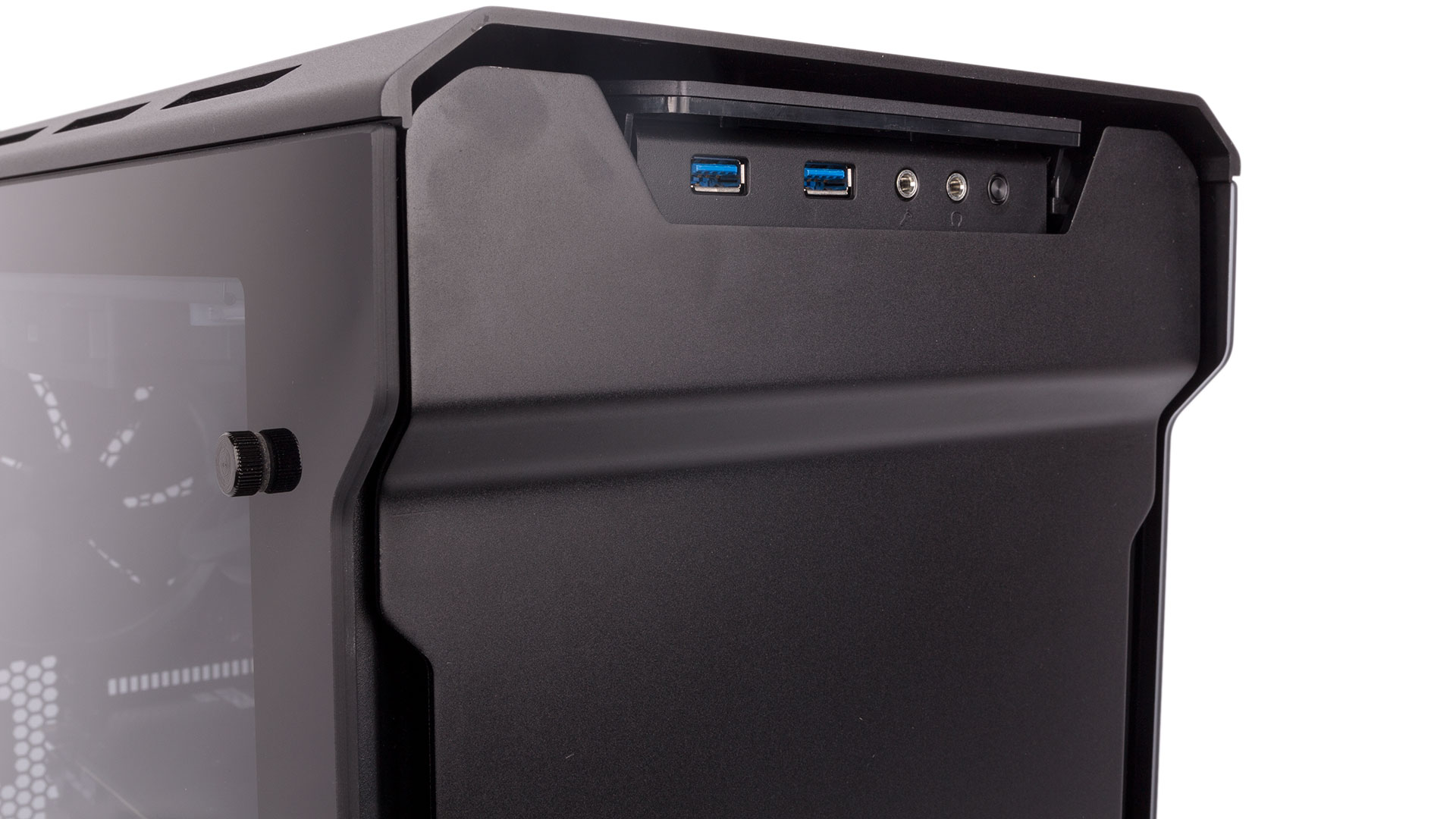
Of course, cores do matter more than frequency in certain workloads, and our content creation tests show this in most cases. You should note that Handbrake appears to use AVX instructions, as our test saw the CPU drop its frequency to 4.3GHz. If these sorts of workloads are your main gig, you might consider Ryzen or even X299 or Threadripper, but if they’re a secondary concern to gaming, the Core i7-8700K looks like a perfect candidate, as it’s still powerful enough here to be worthy.
Storage performance is as good as it always is with the Samsung 960 Evo. Your system will feel responsive and fast no matter what you chuck at it, and the heatsink should ensure that even workloads that hammer the drive will remain fast.
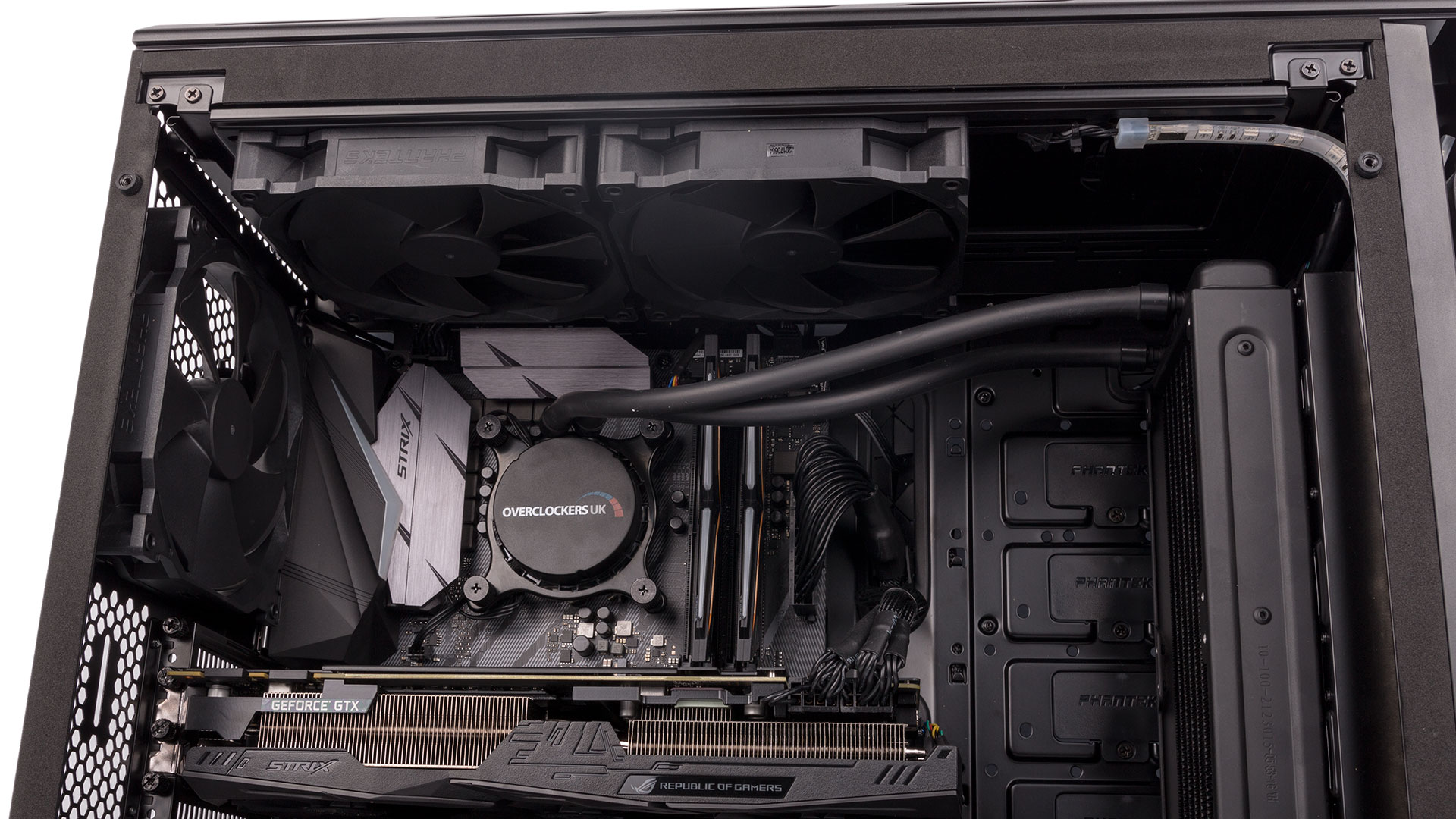
This system also offers considerable power relative to the comparable X299 system, and sub-550W total consumption means you can add a second GTX 1080 Ti safely, although you will then be pushing the PSU close to its limit.
We found the Gaming Germanium to be thermally efficient in our stress tests. With an ambient temperature of 22°C, the CPU remained at just over 80°C under sustained Prime95 load (non-AVX), so that 1.35V setting doesn’t appear to be problematic. In fact, CPU-Z was reporting it as below 1.3V. The GPU, meanwhile, didn’t even reach 70°C, which is testament to the excellent Strix cooler. None of the system fans got that noisy either.
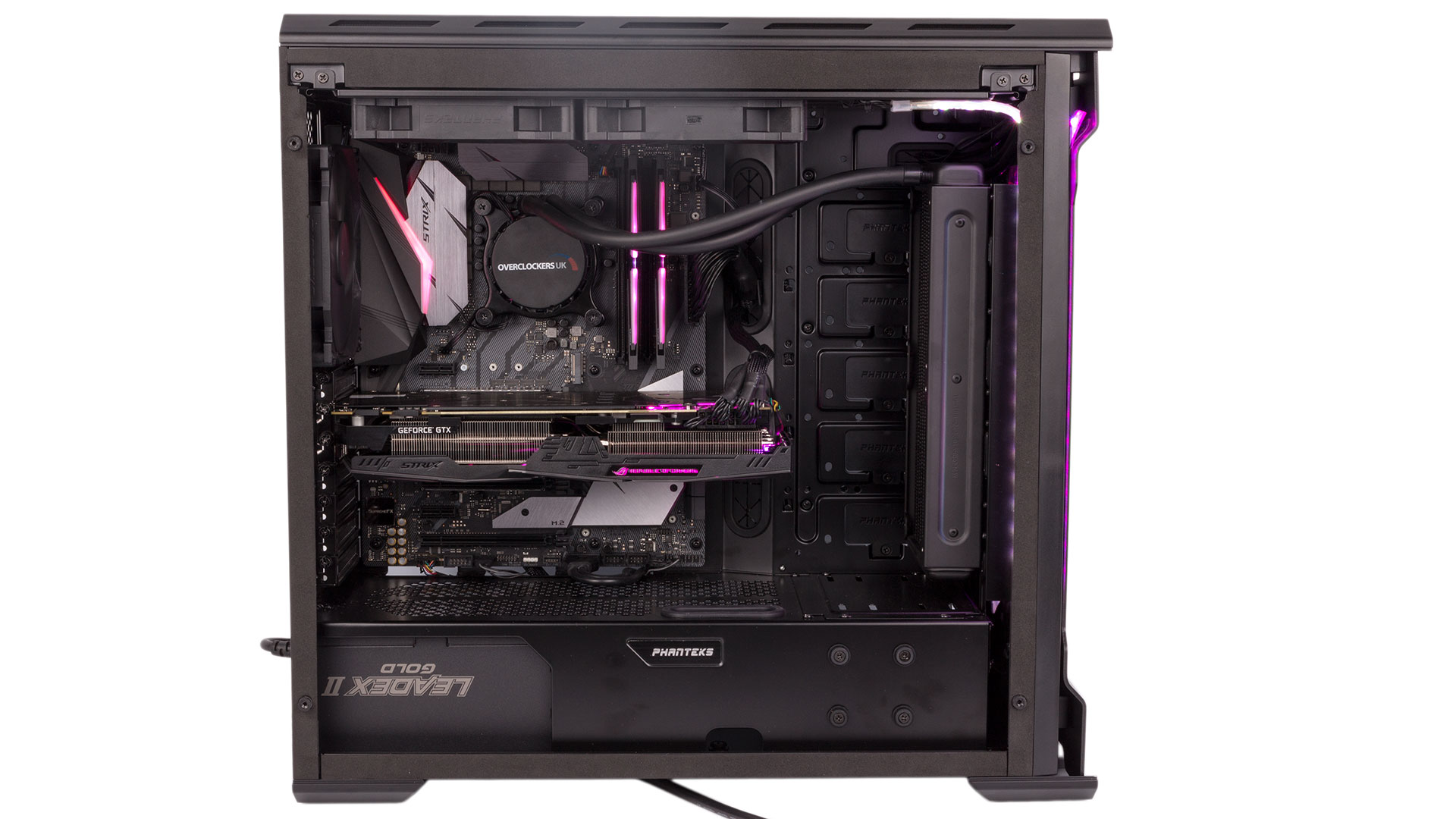
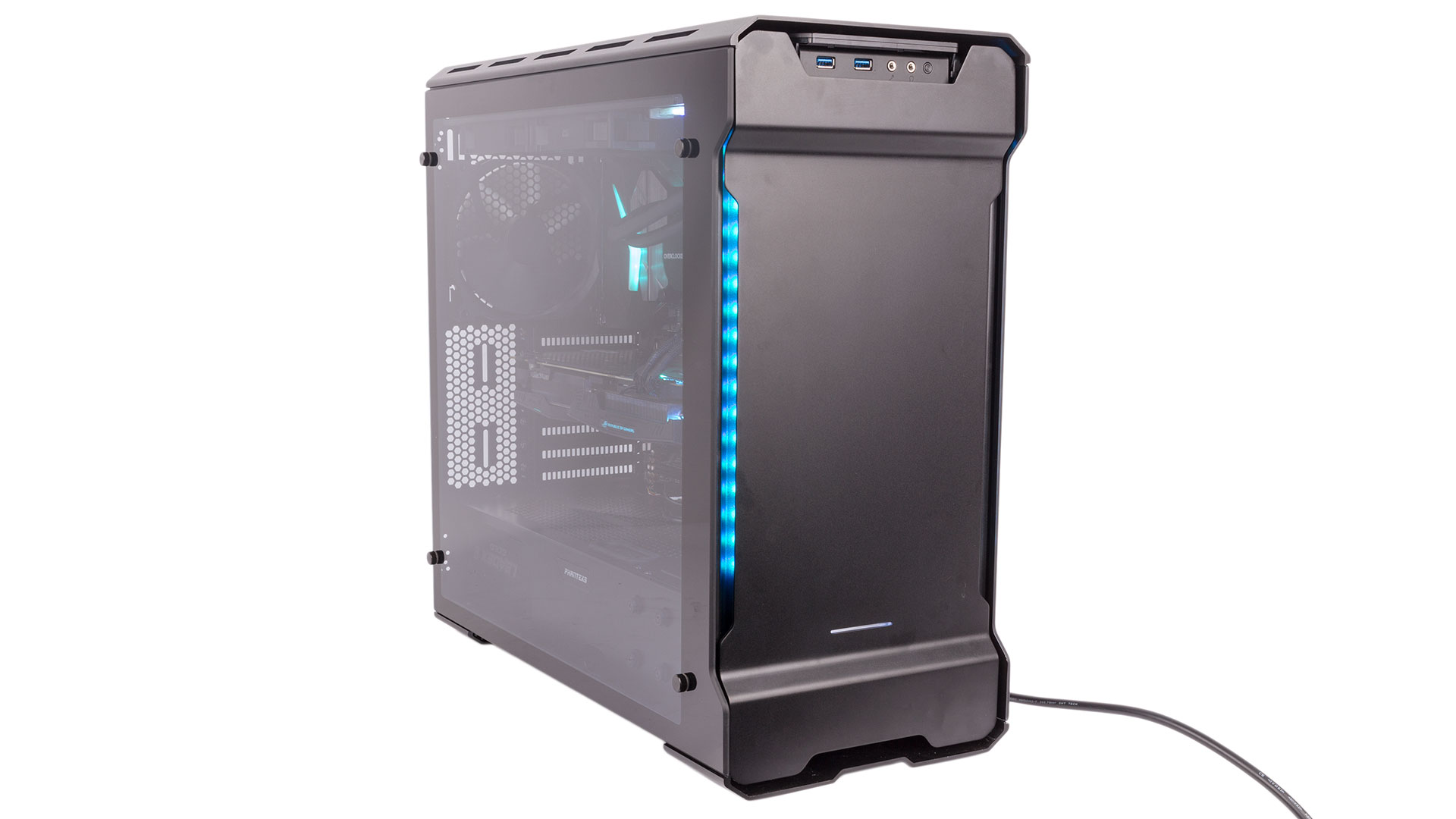
Conclusion
Tallying up the cost of the components based on retail value, we reached a final figure of just over £2,350. Obviously, you could alter that by selecting slightly different parts or shopping around, but the fact remains that the £2,399 price tag is very reasonable and easily fair (it even includes a one-year Bullguard subscription). Not only do you get the parts, but they come fully assembled, the overclock is done for you, the RGB lighting is configured, and the cabling is also professionally taken care of. The system is also now listed as being a 4.9GHz system, so that’s 100MHz extra and marginally higher benchmark scores for no added cost.
Overclockers UK’s experience in producing systems shines through at almost every level here. The component selection is excellent; time has been taken to apply a proper overclock; the thermals and noise are very well balanced; and you even get RGB lighting that is more or less synchronised across the case, LED strips, RAM, GPU, and motherboard. Is it perfect? Not quite – the CPU fan cabling error was a bit silly, and we think a glass side panel on the right calls for cabling that is exceptional rather than just very well done. Yes, we’re nitpicking, but it’s our job and we see a lot of systems, plus £2,400 is no small sum. All things considered, though, this is a fantastic high-end gaming system that’s professionally assembled, fairly priced, and backed by very generous warranty terms.


MSI MPG Velox 100R Chassis Review
October 14 2021 | 15:04


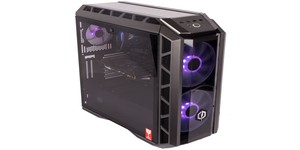
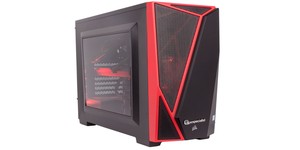




Want to comment? Please log in.